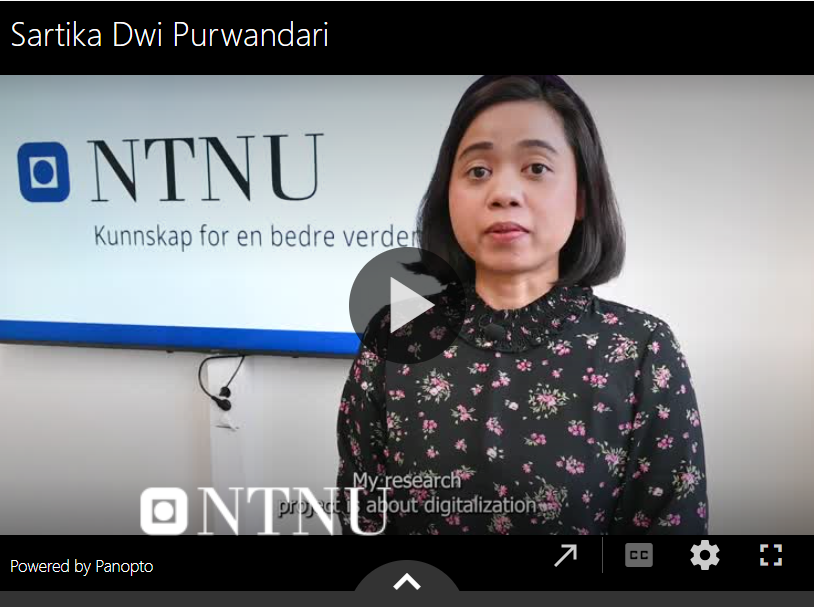Digitalization of hole cleaning process (study of cuttings transport)
Digitalization of hole cleaning process (study of cuttings transport)
PhD Candidate Sartika Dwi Purwandari
Main Supervisor Sigve Hovda
Sponsor: NTNU
In Sartika’s research, she is going to predict the hole cleaning indicator such as cuttings bed height cuttings concentration and pressure loss using 2 approaches, physics-based model and machine learning model. In physics model, she build an empirical model based on SINTEF flow loop experiment results. She is investigating the effect of flow rate, inclination and eccentricity for two different fluids, water-based mud and oil-based mud using bed load transport model. Later on, she develops a mathematical model to include the effect of pipe rotation. Some of assumption are made such as fluid is incompressible, viscosity and density are constant during the test and the model is limited for steady state condition. The physics model will be compared with machine learning model based on several experiment result from other researcher. Since this research is based on the laboratory experiment, she has to find the correlation to scale it up for the industry and the model should be changed from steady state to real time model. For the future work, it might be helping to simulate the cuttings concentration and heights in wellbore and early detection for cuttings accumulation in wellbore which result to avoid and prevent the operational wellbore during drilling due to cuttings accumulation.
